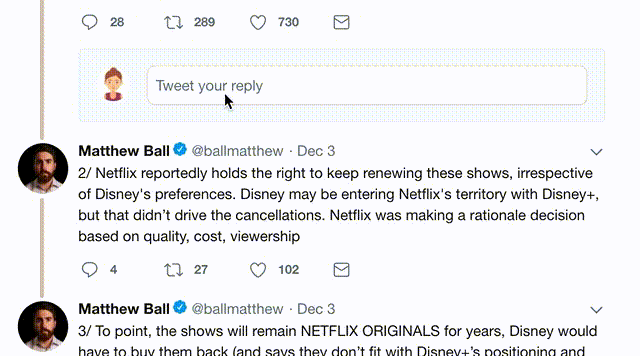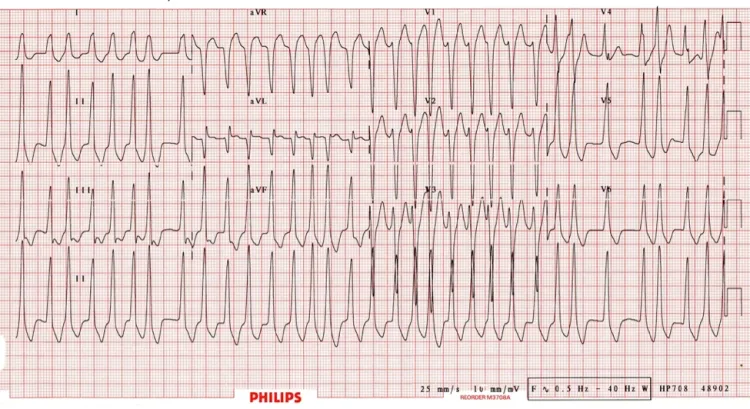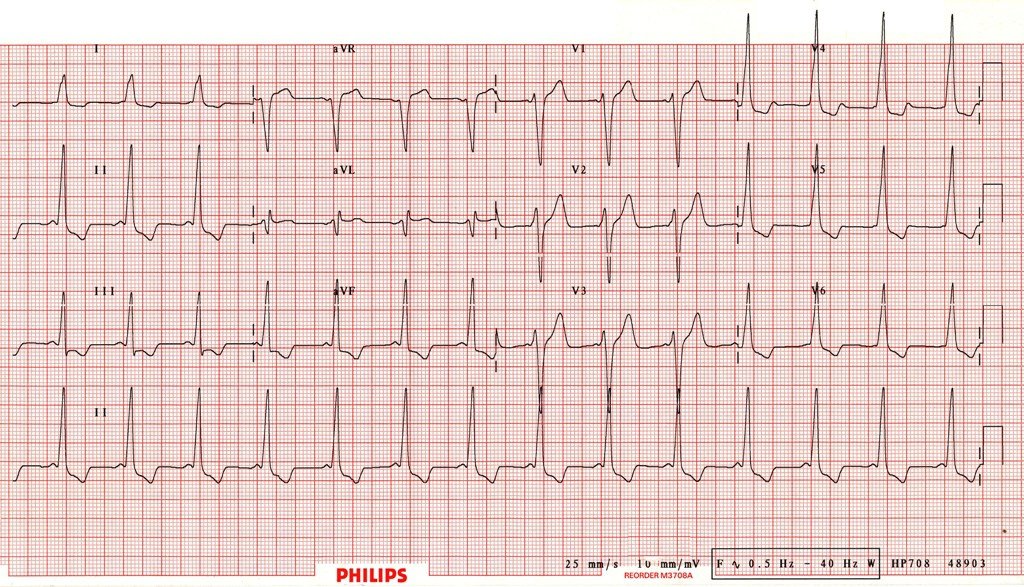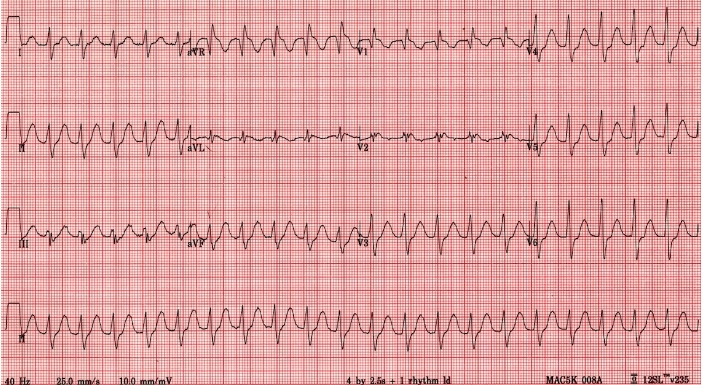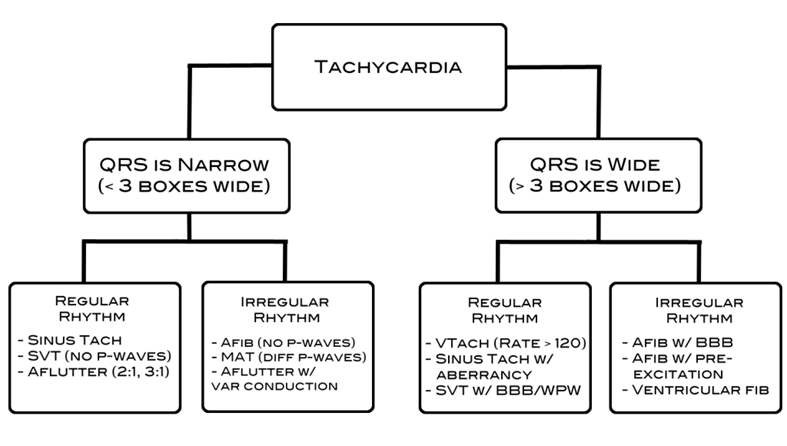emed.wisc.edu/sites/default/…
Section A: Background Information
This section gets at how you know the applicant. It asks questions about what month they rotated, how often you worked with them (vs indirectly knowing them from others), which # of EM rotation it was for them, and what grade they got.
Section B: Qualifications for EM
This is a section that asks the author to rate you as upper 1/3, mid 1/3, low 1/3 in 5 key areas identified as making a successful transition to becoming an EM resident. They are:
Commitment to EM; carefully thought out this career choice.
Work ethic, willingness to assume responsibility
Ability to develop and justify an appropriate DDx and a cohesive treatment plan.
Ability to work with a team.
Ability to communicate a caring nature to patients.
The last 2 questions in section B are:
How much guidance do you predict this applicant will need during residency (less than peers, same as peers, more than peers)
Given the necessary guidance, what is your prediction of success? (outstanding, excellent, good)
Section C: Global Assessment
This is the most important part of the SLOE in my opinion. There are two sections, both of which you are ranked as Top 10%, top 1/3, mid 1/3, Low 1/3.
Section D. Written Comments
This is a summary of the applicant’s evaluation, with the intent to explain any low rankings or areas that need attention. They specifically ask to mention any issues related to leadership, compassion, professionalism, maturity, altruism, etc

